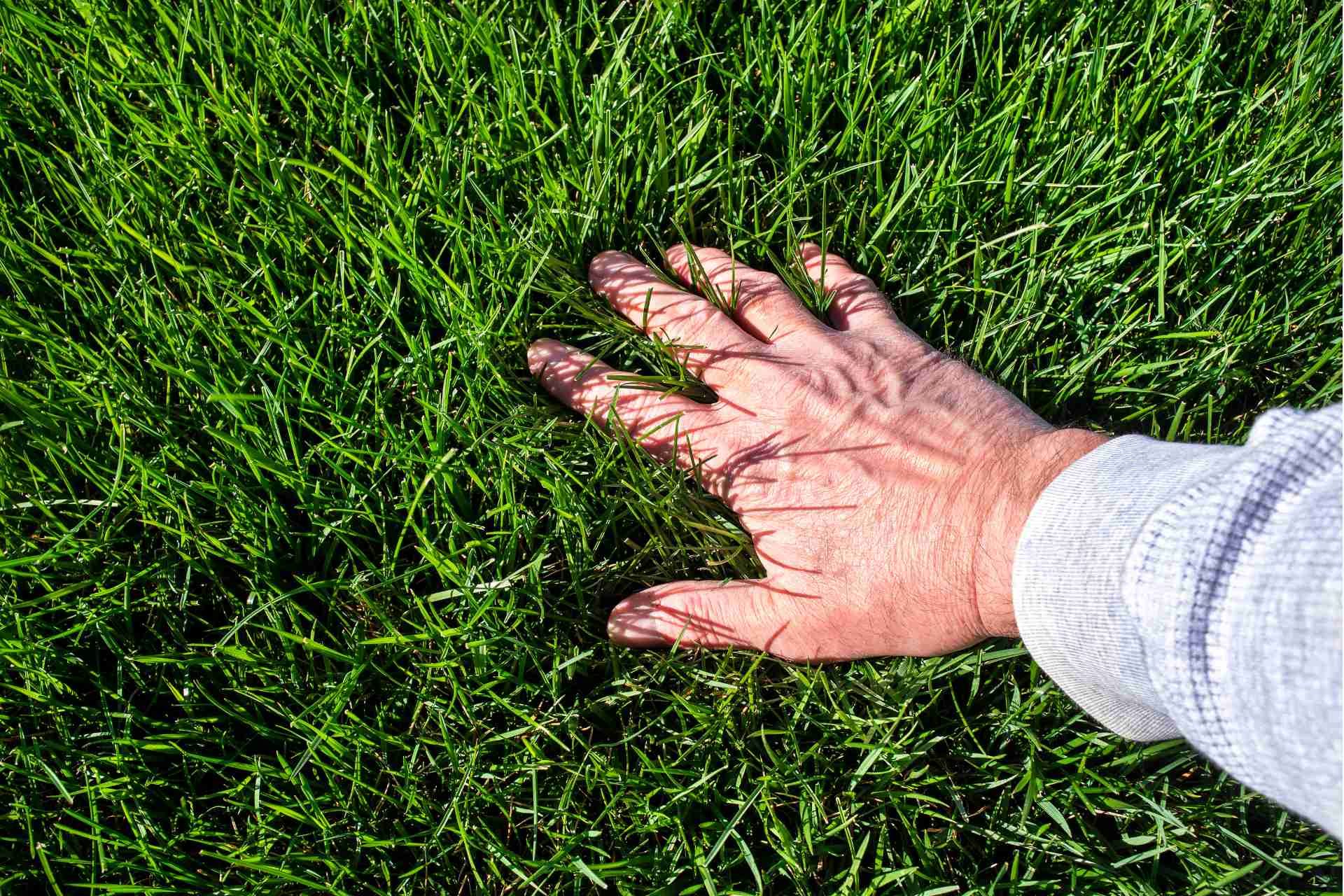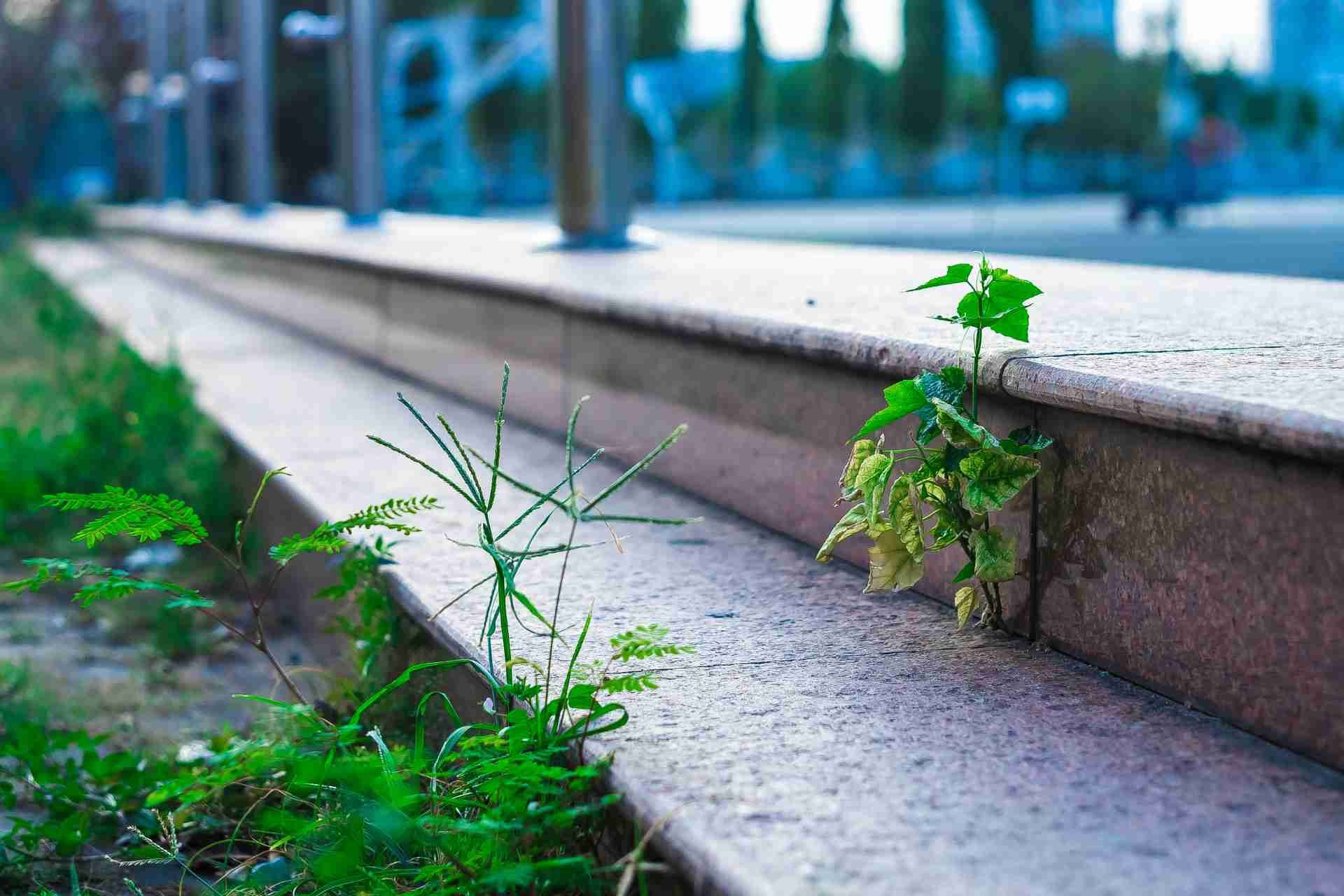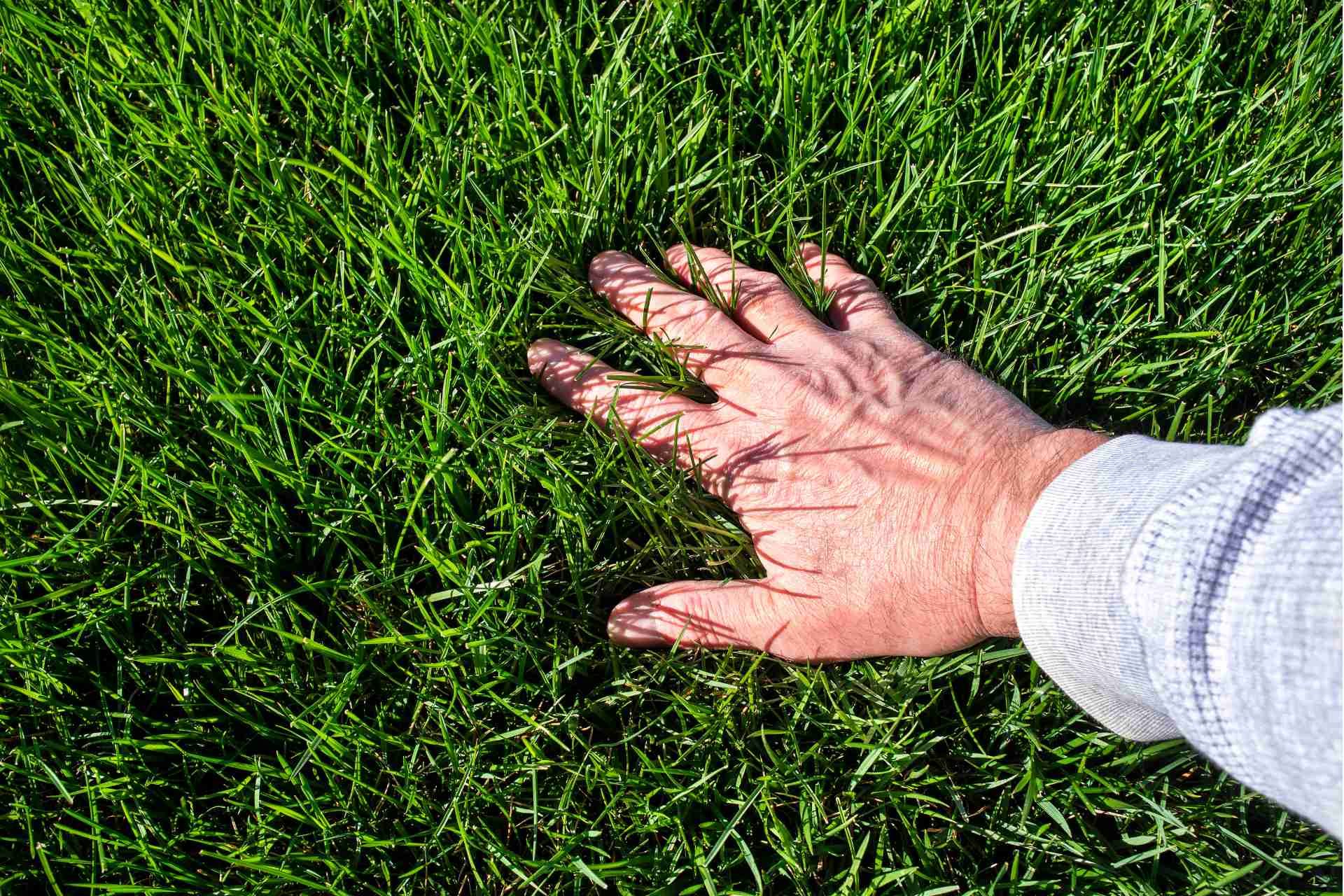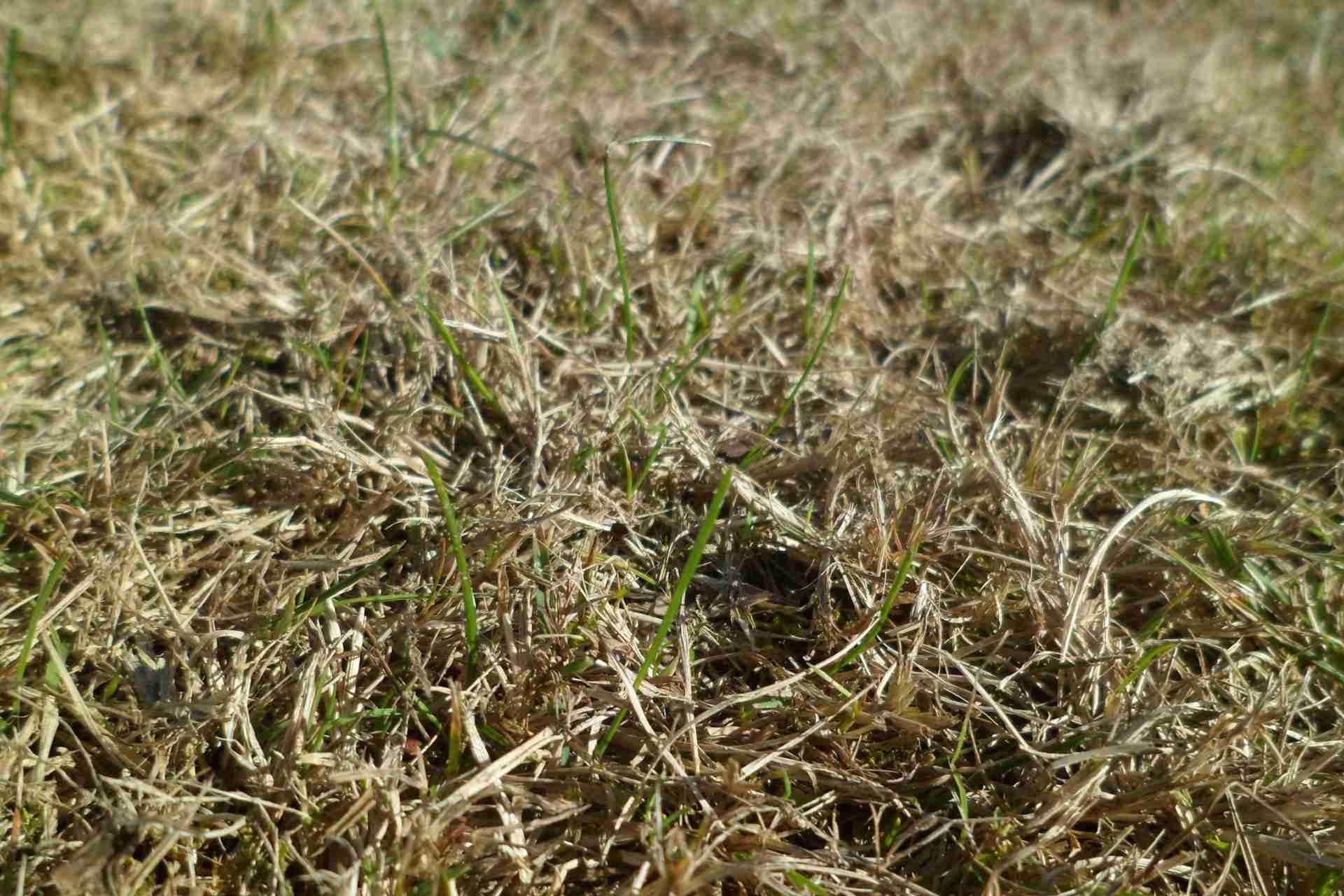The Science Behind Soil Health in Organic Lawn Care

When it comes to organic lawn care, understanding soil health is crucial. You might not realize how the balance of minerals, microorganisms, and organic matter affects your lawn's vitality. Each element plays a role in creating a thriving ecosystem that fosters growth. But what specific practices can you implement to enhance this balance? Let’s explore the key factors that contribute to healthy soil and how they can transform your lawn.
Understanding Soil Composition and Structure
Soil is the foundation of your lawn's health, and understanding its composition and structure is crucial for successful organic care. Your soil consists of minerals, organic matter, air, and water, which all work together to support plant growth.
A healthy balance of sand, silt, and clay determines your soil's texture, affecting drainage and nutrient retention. You should also pay attention to pH levels, as they influence nutrient availability. Testing your soil helps identify deficiencies and enables you to amend it appropriately.
Moreover, good soil structure promotes aeration and root penetration, making it easier for grass to access water and nutrients. By focusing on these elements, you can create a thriving environment for your lawn, paving the way for vibrant, healthy grass.
The Role of Soil Microorganisms
While many people overlook the tiny inhabitants beneath their feet, soil microorganisms play a vital role in maintaining a healthy lawn. These microscopic organisms, including bacteria, fungi, and protozoa, contribute to soil structure and fertility.
They break down organic matter, turning it into nutrients your grass can easily absorb. When you cultivate a diverse microbial community, you enhance your soil’s resilience against pests and diseases.
Additionally, these microorganisms help improve water retention, ensuring your lawn stays hydrated. By nurturing a thriving ecosystem in your soil, you're setting the stage for robust grass growth.
To support these beneficial organisms, avoid synthetic chemicals and embrace organic practices, like composting and mulching, which provide them with the food they need to flourish.
Nutrient Cycling in Healthy Soil
Understanding nutrient cycling is crucial for maintaining a healthy lawn, as it ensures that essential elements are continually replenished in the soil.
In a thriving ecosystem, plants absorb nutrients like nitrogen, phosphorus, and potassium, which they need for growth. When plants die or shed leaves, microorganisms break down this organic matter, releasing these nutrients back into the soil. This process not only enriches the soil but also promotes biodiversity among soil organisms.
You can enhance nutrient cycling by practicing crop rotation, using cover crops, and applying organic fertilizers. These practices help maintain balance, ensuring your lawn receives the nutrients it needs without the reliance on synthetic products.
Embracing nutrient cycling fosters a sustainable and resilient lawn with vibrant growth.
The Importance of Organic Matter
Organic matter plays a vital role in maintaining a healthy lawn. It enriches the soil, providing essential nutrients that your grass needs to thrive.
When you incorporate organic matter, like compost or well-rotted manure, you’re boosting microbial activity, which helps break down nutrients into forms your plants can easily absorb.
This organic material also improves soil structure, creating a better environment for root growth. It enhances the soil’s ability to hold moisture and supports beneficial organisms that contribute to overall soil health.
Water Retention and Soil Health
Incorporating organic matter not only enriches your soil but also significantly boosts its water retention capabilities.
When you add compost or well-rotted manure, you improve the soil structure, allowing it to hold more moisture. This means less frequent watering for your lawn, saving you time and resources.
Healthy soil retains water better, reducing runoff and erosion while providing a steady supply for your plants. You’ll notice that your grass stays lush and vibrant even during dry spells.
Additionally, the increased microbial activity in organic-rich soil further enhances its ability to absorb and retain water.
Soil Ph and Its Impact on Plant Growth
While many factors influence plant growth, soil pH plays a crucial role in determining how well your lawn thrives. It measures the acidity or alkalinity of your soil, which directly affects nutrient availability.
Most grasses prefer a pH range between 6.0 and 7.0. If your soil is too acidic or alkaline, it can hinder nutrient absorption, leading to poor growth and health.
For example, a low pH can increase aluminum toxicity, while high pH might lock out essential nutrients like iron and manganese.
Regularly testing your soil pH helps you make informed decisions about amendments. By maintaining the right pH balance, you’ll encourage robust growth, vibrant color, and overall lawn resilience, ensuring your organic lawn care efforts yield the best results.
Strategies for Enhancing Soil Health
To enhance soil health effectively, you need to adopt a variety of strategies that focus on nurturing the ecosystem beneath your lawn.
Start by incorporating organic matter, like compost or well-rotted manure, to improve soil structure and nutrient availability. Regularly test your soil to monitor pH and nutrient levels, adjusting your amendments as needed.
Implement crop rotation or cover crops to prevent depletion of specific nutrients and enhance microbial diversity. Avoid heavy machinery that compacts the soil; instead, use aeration techniques to promote airflow and drainage.
Lastly, practice mulching to retain moisture and suppress weeds, all while fostering a thriving habitat for beneficial organisms.
The Benefits of Biodiversity in Soil
Biodiversity in soil isn't just a buzzword; it’s a vital component of a healthy ecosystem that enhances your lawn's resilience and productivity.
When you cultivate diverse microorganisms, insects, and plants, you create a dynamic environment that promotes nutrient cycling and improves soil structure. This diversity helps suppress pests and diseases naturally, reducing the need for chemical interventions.
Plus, a variety of soil organisms work together to break down organic matter, releasing essential nutrients for your grass and plants. You'll notice stronger root systems and improved water retention, leading to a healthier lawn overall.
Sustainable Practices for Organic Lawn Care
Incorporating sustainable practices into your organic lawn care routine not only benefits your grass but also contributes to the health of the entire ecosystem.
Start by using native plants and grasses that require less water and are more resistant to pests. Implementing a mulching system can recycle nutrients and improve soil health. Instead of chemical fertilizers, opt for organic compost that enriches the soil naturally.
Regularly aerating your lawn helps improve water retention and root growth. Reduce mowing frequency and height to promote deeper roots and resilience.
Lastly, practice integrated pest management by encouraging beneficial insects, which will help control pests naturally.
Conclusion
In conclusion, nurturing soil health is key to thriving organic lawns. By understanding soil composition, promoting biodiversity, and employing sustainable practices, you can create a vibrant ecosystem that supports your grass and the environment. Regular soil testing, composting, and mulching not only enhance nutrient cycling but also improve water retention and resilience against pests. Embrace these strategies, and you’ll enjoy a lush, sustainable lawn that’s a joy to maintain and beneficial for the planet.









